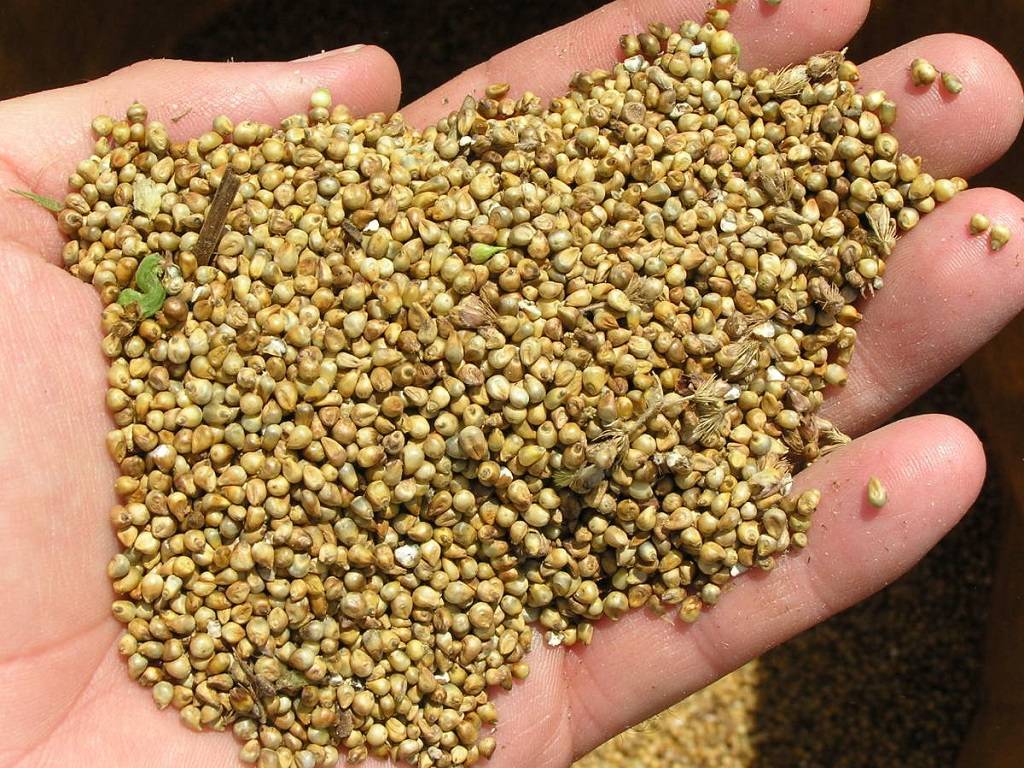
Bajra is an excellent option for a nutritious food because it is loaded with nutrients. It is known as millets in English and is excellent for consumption by people of all ages. Bajra, often known as pearl millet, is easy to digest. Bajra has a variety of additional nutritional advantages, therefore you should include it in your regular diet.
Usually, chapati made from wheat flour is eaten in all of our homes, but in many places, people prefer to eat millet (Bajra) roti instead of wheat. Millet not only works to keep the digestive system healthy, but it also protects against many diseases.
Health Benefits of Bajra
Good for Healthy Skin:
Micronutrients like iron, zinc, and vitamins B3, B6, and B9 are abundant in bajra. These micronutrients can help in maintaining healthy skin, hair, and nails. Still, solid scientific evidence is needed to affirm whether consuming millet can improve skin health.
Healthy Heart:
Cholesterol level is reduced by the consumption of this healthy cereal as it reduces the chances of heart disease. Minerals like magnesium and potassium found in millet reduce blood pressure. Similarly, phytochemicals called lignin present in millet reduce the risk of heart disease.
Gut health:
Bajra is an abundant source of insoluble fibre, which acts as a pre-biotic in our gut and promotes the health of our digestive system. Insoluble fibre makes meals more filling and causes early satiety, which helps reduce overeating. Additionally essential for healthy digestive function and avoiding constipation is insoluble fibre.
Helps Manage Diabetes:
Our daily dietary fibre intake has an impact on both the control and the prevention of diabetes. Numerous research conducted throughout the world have produced strong evidence of the benefits. Due to its high fibre content and the presence of slowly digestible starch, which takes longer to turn into glucose, bajra has a beneficial effect on diabetes. This helps in blood sugar control and gives diabetics a consistent energy release. Bajra is also a strong source of magnesium, which has been linked to a decreased risk of diabetes.
Packed with Omega-3 Fats:
Compared to other cereals, bajra is a better source of healthy omega-3 fats. Omega-3 fatty acids are recognised to be cardio-protective and have been associated with lower blood pressure, triglycerides, slowed artery plaque growth, and regular heart rhythm.










